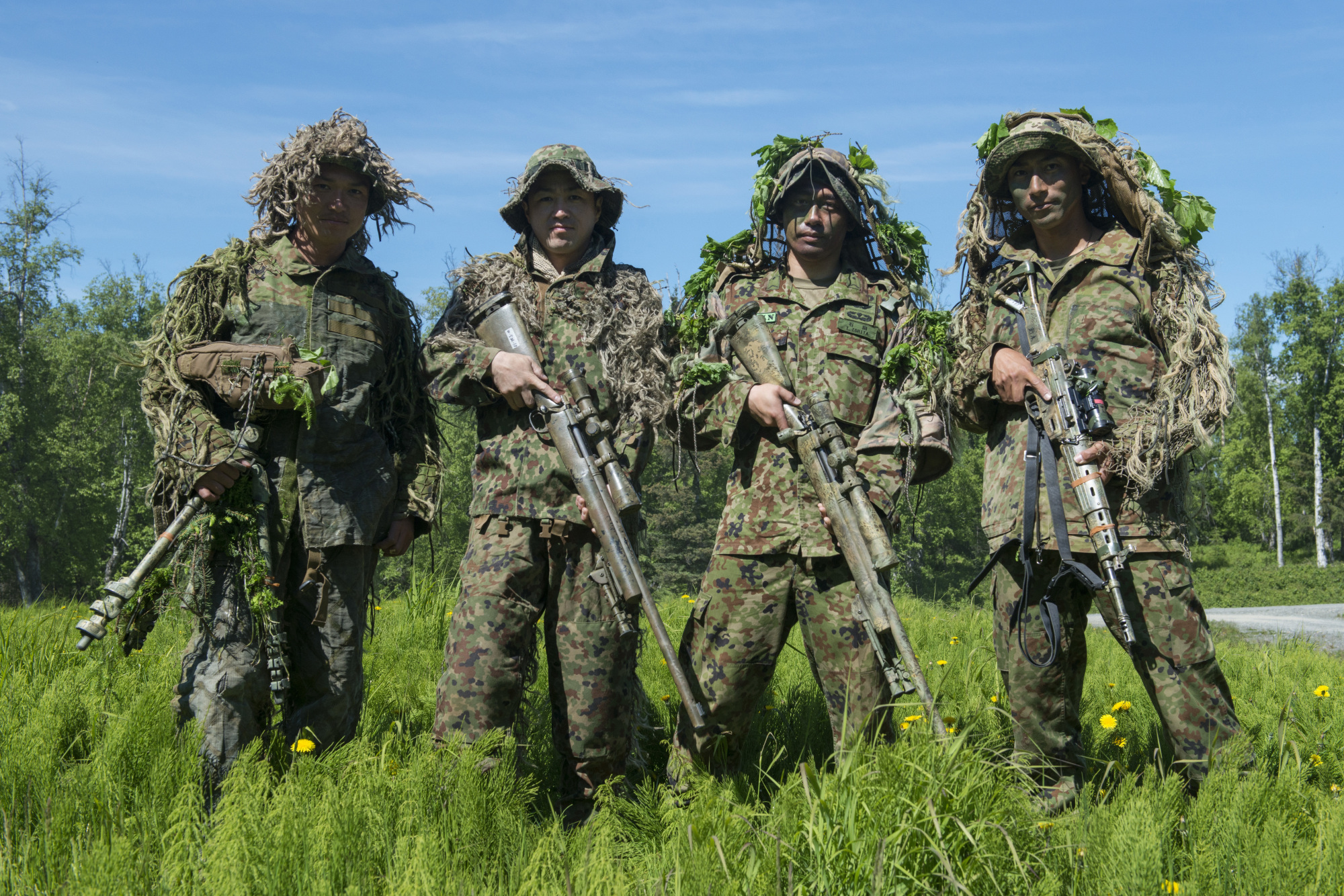The Reiwa Era began last month, and just like Heisei stood apart from Showa before it, this new period in Japanese history promises to witness notable changes in the country's government and society. What those changes are and how they will affect Japan's place in the world are important considerations, and they are especially relevant to the Self-Defense Forces — an entity that has evolved much since its inception in 1954.
If one attached themes to each of the eras spanning the postwar period, the Showa Era (which lasted until 1989) would be marked by the SDF seeking its place within Japanese government and society. Among the public, the SDF held notoriously low standing. At worst, SDF personnel were seen as holdovers of the old runaway imperial military. A more common perception was that they were zeikin dorobo — "tax thieves" who were unnecessary drains on Japan's otherwise booming economy.
Politically, opposition parties challenged the constitutionality of the SDF (a battle they would only surrender when briefly wresting control of the government away from the Liberal Democratic Party from 1993 to 1994). Within the government, the SDF was managed by the Defense Agency, an organization that failed to have any clout when stacked against full-fledged ministries. Militarily, the SDF was principally a well-equipped but supplementary component of its United States ally in posturing against Soviet threats.

















With your current subscription plan you can comment on stories. However, before writing your first comment, please create a display name in the Profile section of your subscriber account page.